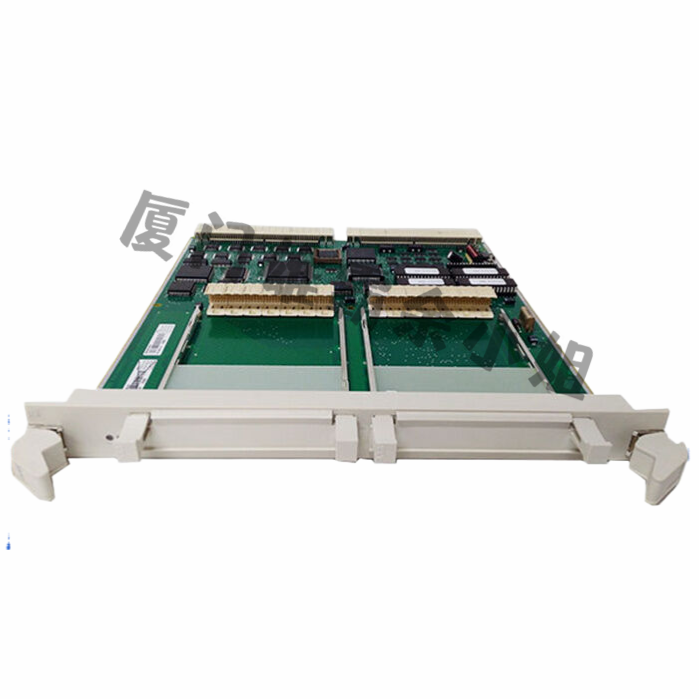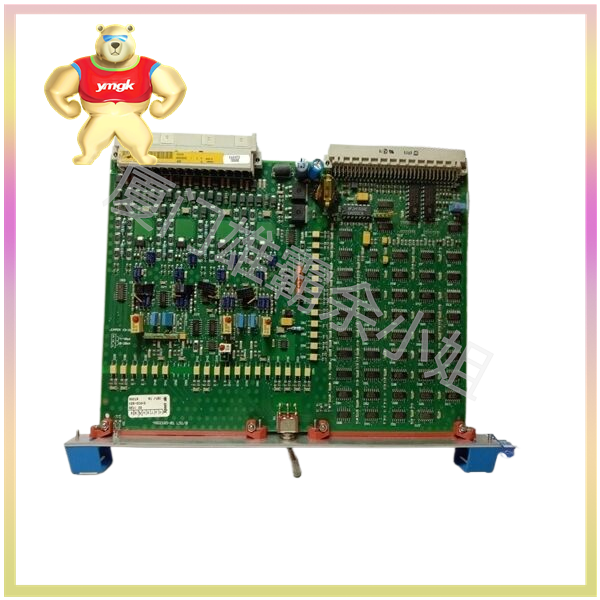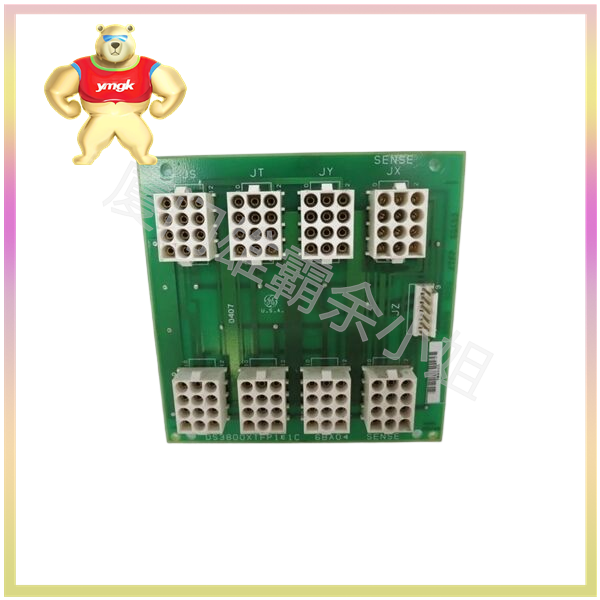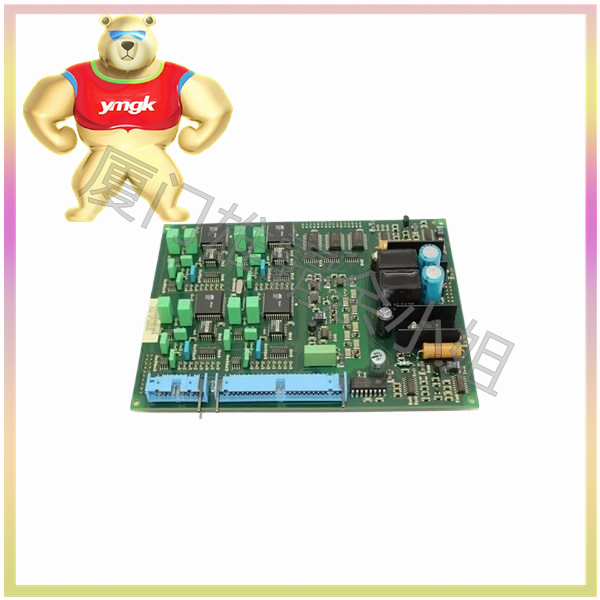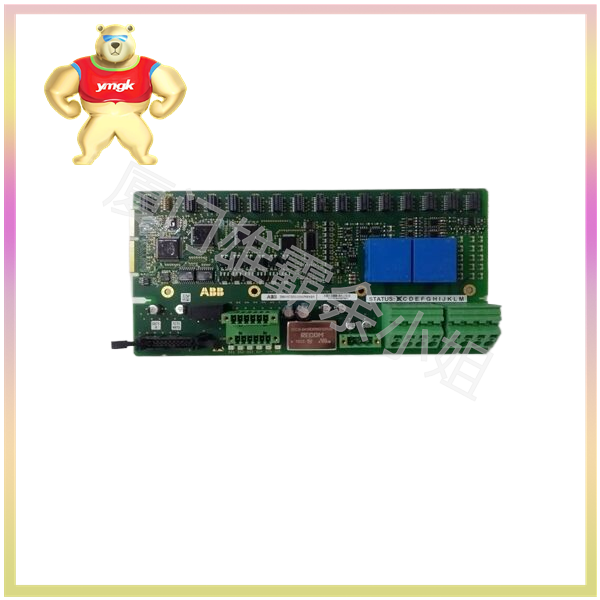Digital power module is a device that utilizes digital technology to achieve power management, characterized by high efficiency, high reliability, and high stability. In practical applications, digital power modules need to be continuously regulated to meet the needs of different loads and environments. This article will introduce the continuous adjustment method of digital power modules.
1、 Basic principles of digital power module
1.1 Composition of Digital Power Supply Module
The digital power module mainly consists of the following parts:
Controller: responsible for receiving input signals, calculating according to algorithms, and generating control signals.
Power converter: converts input electrical energy into the required form of electrical energy, such as DC, AC, etc.
Driver: receives control signals from the controller and drives the power converter to operate.
Protection circuit: Provide overvoltage, overcurrent, and over temperature protection for the power module.
Interface circuit: Implement communication and control between the digital power module and external devices.
1.2 Working principle of digital power module
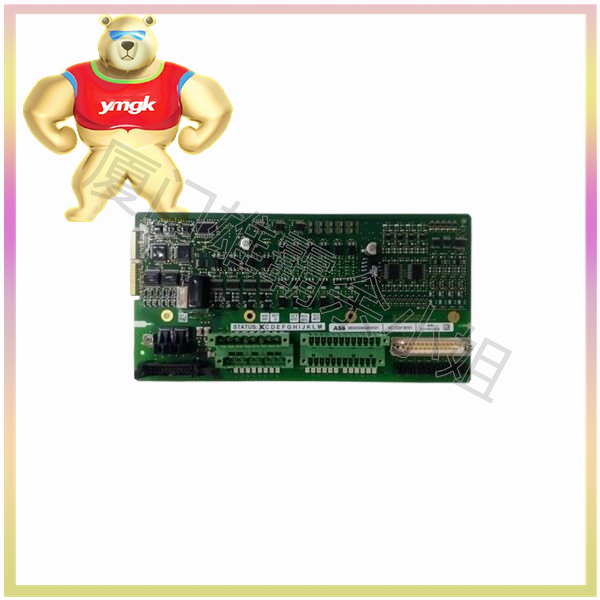
The working principle of the digital power module mainly includes the following steps:
Input signal acquisition: Collect input signals such as voltage, current, temperature, etc. through sensors or interface circuits.
Control algorithm calculation: The controller calculates and generates control signals according to the preset control algorithm based on the collected signals.
Power conversion: The driver drives the power converter to work according to the control signal, converting the input electrical energy into the required form of electrical energy.
Output signal feedback: Feed back the converted electrical energy signal to the controller to form a closed-loop control.
Protection and regulation: Protect and regulate the power module based on feedback signals and preset protection strategies.
2、 Continuous regulation strategy of digital power module
2.1 Adjustment Objectives
The continuous regulation of digital power modules mainly targets the following objectives:
Stable output voltage: Ensure that the output voltage is within the specified range and is not affected by input voltage fluctuations and load changes.
Stable output current: Ensure that the output current is within the specified range and meets the requirements of the load.
Efficiency optimization: Maximize the working efficiency of the power module while meeting the output requirements.
Thermal management: Control the temperature of the power module to avoid performance degradation and damage caused by overheating.
2.2 Adjustment methods
The continuous adjustment methods of digital power modules mainly include the following:
PID regulation: By adjusting the output signal through three stages: proportional (P), integral (I), and derivative (D), fast and accurate control can be achieved.
Fuzzy control: Using fuzzy logic to process input signals and generate control signals based on fuzzy rules to achieve nonlinear and adaptive control.
Predictive control: Based on historical data and predictive models of the system, predict future output signals and make adjustments in advance.
Adaptive control: Automatically adjust control parameters based on the actual operating conditions of the system to achieve adaptive control.
2.3 Adjustment Process
The continuous adjustment process of the digital power module mainly includes the following steps:
Signal acquisition: Collecting input and output signals through sensors or interface circuits.
Signal processing: Filtering, amplifying, converting, and other processing of collected signals for control algorithm calculations.
Control algorithm calculation: Based on the processed signal, calculate according to the preset control algorithm to generate control signals.
Power conversion: The driver drives the power converter to work according to the control signal, achieving the conversion of electrical energy.
Feedback regulation: Feed back the converted electrical energy signal to the controller to form a closed-loop control, and adjust according to the feedback signal.
Protection and regulation: Protect and regulate the power module based on feedback signals and preset protection strategies.
3、 Implementation method of digital power module
3.1 Implementation of Controller
The controller is the core component of the digital power module, and its implementation methods mainly include the following:
Microcontroller: Using a microcontroller to calculate control algorithms and generate control signals.
Digital Signal Processor (DSP): Utilizing DSP to implement high-speed and high-precision control algorithm calculations.
Programmable Logic Device (FPGA/CPLD): Utilizing FPGA or CPLD to implement parallel computing of control algorithms and generation of control signals.
Application specific integrated circuit (ASIC): an integrated circuit customized for specific applications to achieve efficient computation of control algorithms.
3.2 Implementation of Power Converter
The power converter is a key component of the digital power module, and its implementation methods mainly include the following:
Pulse Width Modulation (PWM): By adjusting the duty cycle of pulses, the conversion and regulation of electrical energy can be achieved.
Phase control: By adjusting the phase of the power converter, the conversion and regulation of electrical energy can be achieved.
Resonant Conversion: Utilizing the principle of resonance to achieve efficient and high power density conversion of electrical energy.
Multiphase parallel connection: By using multiphase parallel connection, the output capability and stability of the power converter are improved.

